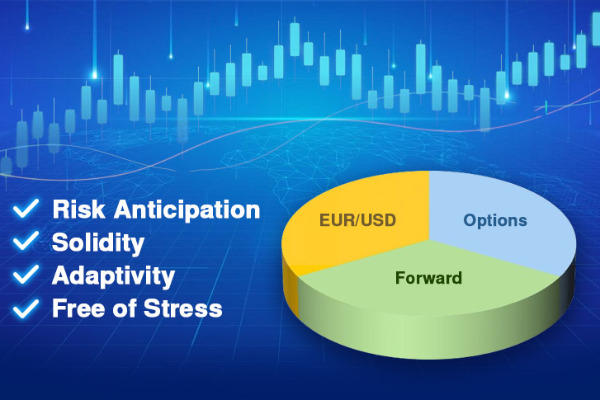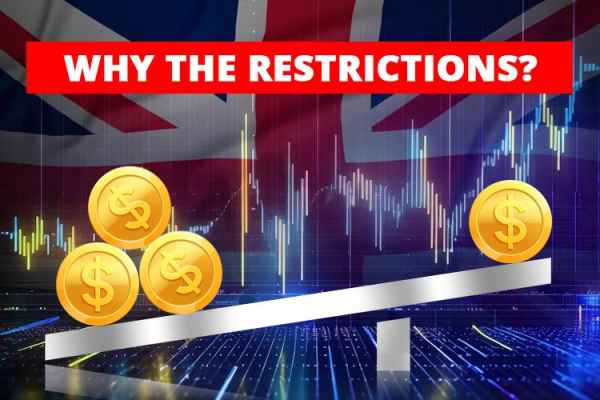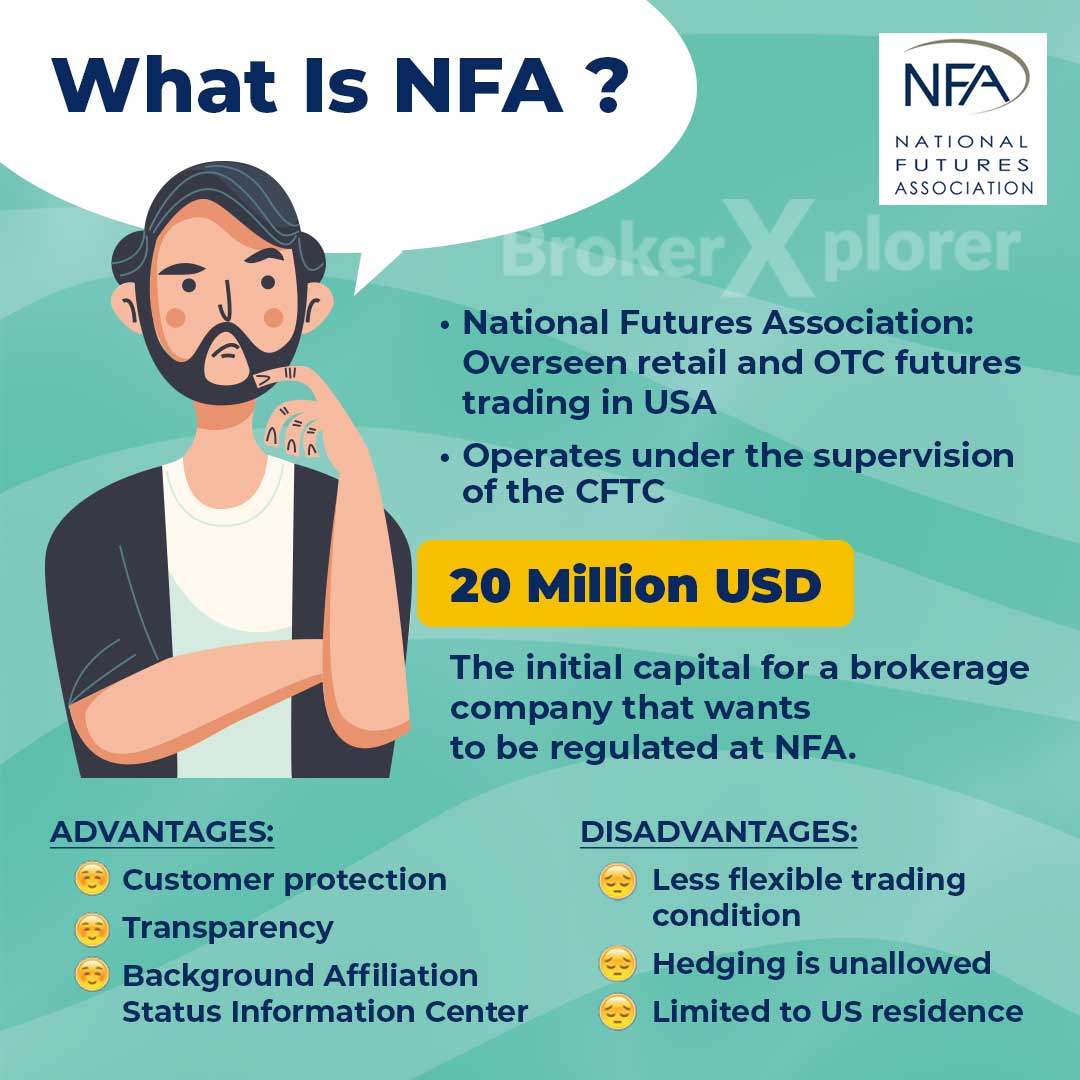Nano and cent accounts are great options if you want to trade with small capital. What are the differences between the two?
For many years, forex trading has been widely known as one of the most promising investments to make. Brokers have become way more accessible, online trading platforms have simplified the process of trading, and of course, made it available from almost anywhere in the world. The forex market has grown into the biggest financial market in the world with about 13.9 million online traders actively trading in 2021, according to Modern Trader Study and several other types of research.

With that being said, entering the forex market is now easier than ever. But despite being easy, you should only invest with the money that you can afford to, due to the risky circumstances and the volatile nature of the market. Even so, this doesn't necessarily mean that you need to be wealthy first before you can trade.
In fact, it is highly recommended to start small in forex trading. One of the things that would help you to minimize your trading risk and potential money loss is by using the right trading account, such as a nano account or a cent account. Many brokers mostly designed these types of accounts for beginners in order to help them adjust to the real market condition.
Defining Nano Account
Nano account is a type of trading account that uses a smaller trading size compared to standard account. The most important to remember is that one nano lot is equal to 0.001 standard lot. So, if a standard account requires $100,000 to trade, then in a nano account, you will only need $100. This amount can even go lower depending on the broker or occasion. Some would even allow you to trade with as low as $10.
For beginners, using a nano account is definitely a smart choice. Firstly, it allows you to start small and keep the risk as low as possible. You can also use this opportunity to sharpen your trading skill and try out different trading strategies.
While most people would suggest using a demo account to practice, but nano account can be a great option as well. Think about it: if you trade with a nano account and win, you will pocket some real money as profit, but if you lose, you won't have to worry about losing a lot of money because the risk is very small. If you're interested in using nano accounts, some of the brokers that you can choose are:
Defining Cent Account
On the other hand, cent account is a trading account type that uses cent as its base currency instead of regular dollar. That means, if you open a cent account and deposit $1, then it would appear as 100 US cents in your trading account. Interestingly enough, you can start with a minimum deposit of as low as zero.
The purpose of this system is to help new traders get accustomed to seeing bigger sums of money in their accounts. The key to using cent account is as if it's a regular account. In a sense, this would help traders make better decisions and be more aware of their trades before actually investing in the standard trading account. This is why cent account is usually used as a transitional stage between demo account and real accounts.
However, one of the notable downsides is that not many brokers offer cent accounts because of its smaller size. As a result, cent accounts are usually known to have higher quote spreads to compensate the broker. Some of the top brokers that provide cent accounts are:
The Bottom Line
Besides micro accounts, now you know a lot of other types that can be used to trade small.
To put it simply, we can say that both nano and cent accounts have a similar function, which is to let traders start small. Both come out with a great opportunity for traders to explore various strategies and trade without worrying over huge money losses. The difference lies in the system that they offer. Cent accounts allow traders to trade small because the account's base currency is converted into cents instead of actual dollars. Meanwhile, nano accounts only cut down the minimum trading lot and let traders invest with lesser money compared to standard accounts.
We've learned that there are many benefits of trading small with nano and cent accounts, including the potential of earning real returns with small risks. Even though you won't get as much return as with a regular trading account, but profit is still profit.
There is no risk if you use a demo account, however, you won't get anything no matter how great your performance is. Nonetheless, it's important to note that gain shouldn't be the main goal in these types of accounts. If you're relying on small trades to earn profits, you will have to wait for a long time for it to pile up. Therefore, it's best to only use these accounts to practice.

 Dedicated FREE FOREX VPS
Dedicated FREE FOREX VPS Free FOREX Virtual Private Server
Free FOREX Virtual Private Server MT4 Demo Contest, Get $500
MT4 Demo Contest, Get $500 Sign Up for an Account, Claim 60% Deposit Bonus
Sign Up for an Account, Claim 60% Deposit Bonus Free MT4/MT5 VPS 2024
Free MT4/MT5 VPS 2024 Send E-mail and Get Free Merchandise
Send E-mail and Get Free Merchandise $1K Refer a Friend Bonus for Pepperstone Pro clients
$1K Refer a Friend Bonus for Pepperstone Pro clients Maximize Your Earnings with 100% Deposit bonus
Maximize Your Earnings with 100% Deposit bonus Trade to Win, $5,000 Monthly Demo Contest
Trade to Win, $5,000 Monthly Demo Contest Claim 30% + 15% Deposit Bonus from LiteFinance
Claim 30% + 15% Deposit Bonus from LiteFinance









4 Comments
Glenn
Feb 18 2023
Man, I didn't even know that the nano account and the cent account were different accounts. I mean, the profit of both accounts is very low and you can say it is not even profit and loss. I am very curious whether nano account and cent account are really the same in terms of profit or loss. Because for real trading is also risky, right? And if I compare the nano account and the cent account to see the risk, which one is riskier. May I know 1 pip move value of cent account and nano account?
Denny
Feb 18 2023
Glenn: pip value can be known by this formula:
Tick ​​Size x Trade Lot
In the nano account, as it is lower than the micro account there are 1000 units. The trading lot size of the nano account is 100 units. And common size tick marks are 0.0001. A value of 1 pip can be opened in a standard nano account of 1 lot or 0.001 lot of 0.01. SO, for each trade opened in 1 nano lot, the pip value will be $0.01 or 1 cent. And the number of cent, since all units become cents, 1 standard lot per cent would be 100,000 coins or $1,000. So if you are trading a standard 1 lot account, the value of 1 pip would be 0.0001 x 100000 = 10 cents or $0.10. BUT since the number of lot that can open the count is 0.1 cents or less, the minimum pip value that has happened is 0.1 cent.
So both accounts can really give you the same profit/loss and are suitable for beginners. The riskier account? Of course cent account
Tayo
Feb 18 2023
I am a new trader, of course I start trading with a demo account after planning to trade with a real account. Actually i was going to start with micro account first but after looking at nano and cent account explained in this article, I realized that although micro account seems very risky to trade because most brokers offer minimum deposit higher in micro account while nano and cent account just need less deposit and of course my risk amount is lower and can reduce my trading risk I am very substantial although the profit is also very small. But that's not a big deal, because I will experience real trading there.
So which is better for me, hundreds or nano count? THANK
Aston
Feb 18 2023
Tayo: I recommend you to choose coin account because if you deposit 10$ your wallet will be at 1000. Or you can even deposit 100$ to get 10000 coins(you can get exact value on account demo)
And you can trade for free and experience real trading. Also, in Nano account, since account is from micro account, your portfolio and trading conditions will be same as higher account, which will make you more risky to try despite losses. /gain is even bigger.
However, if you feel you are ready enough, just switch to a micro account, because you will have a well-deserved profit and also a loss that will make you more careful in your trading. I think trader sentiment is tested in micro account.